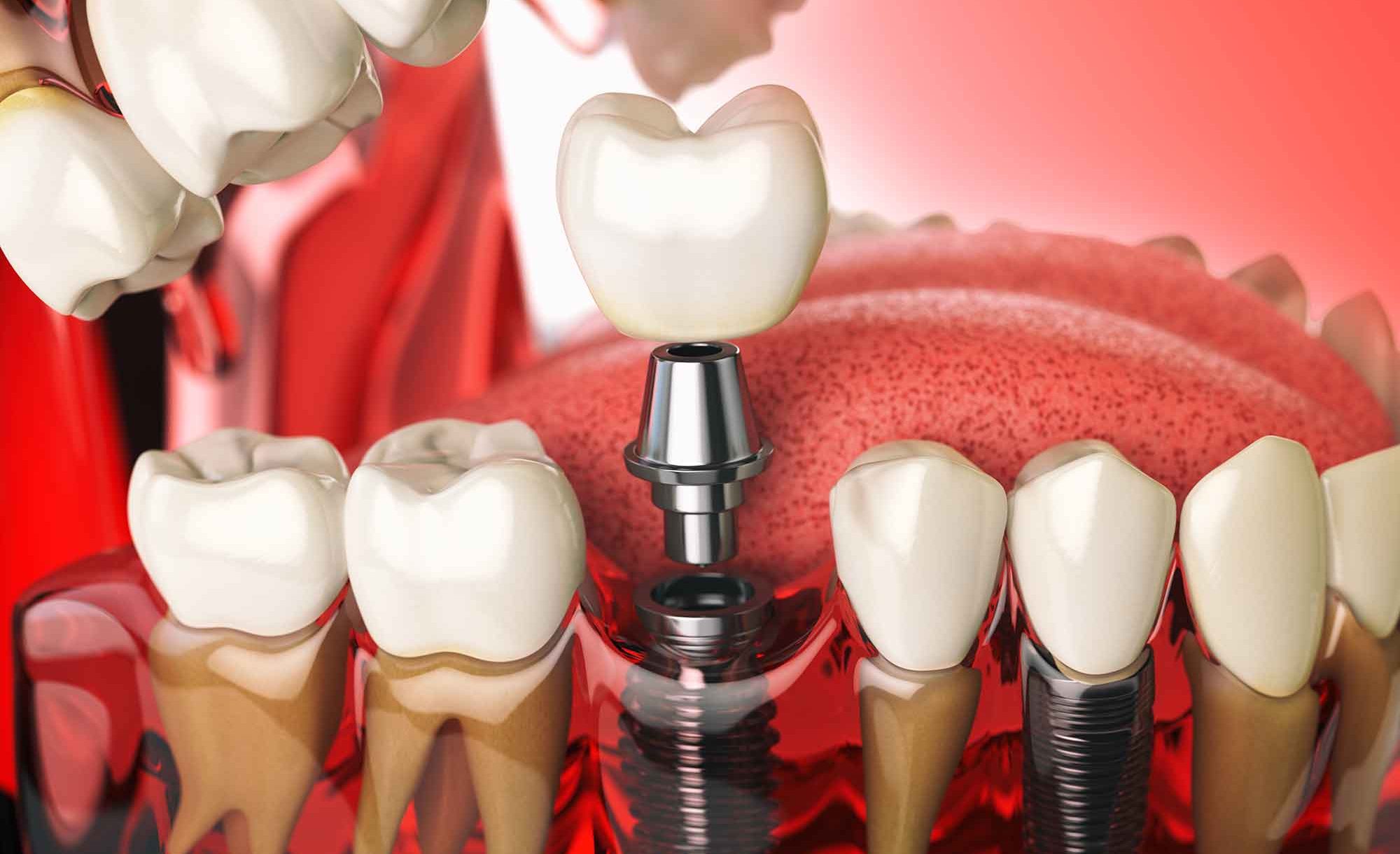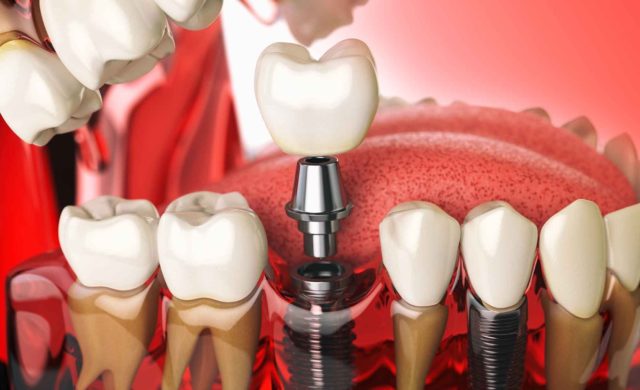 Launched in early 2019, the ITI Curriculum takes a carefully considered and systematic approach to first steps in implant dentistry for dental professionals. Chair of the ITI Curriculum Implementation Task Force and ITI president-elect, Charlotte Stilwell, outlines the thinking behind this program.
Launched in early 2019, the ITI Curriculum takes a carefully considered and systematic approach to first steps in implant dentistry for dental professionals. Chair of the ITI Curriculum Implementation Task Force and ITI president-elect, Charlotte Stilwell, outlines the thinking behind this program.
What was the main idea in creating the ITI Curriculum?
Charlotte Stilwell: It was the logical next step in the ITI’s endeavour to provide the best possible start for those who would like to become active in implant dentistry. The aim was to create a standardised, structured and certified pathway that we could deliver in stages through flexible blended learning. This would allow newcomers to progress to treat ITI SAC Classification Straightforward and selected advanced implant indications with competence and confidence.
The pathway approach ensures that participants first acquire core didactic knowledge across all key aspects of the discipline. They then progress into mentored patient treatment. This is via comprehensive face-to-face education in treatment planning, risk assessment and hands-on training of clinical skills.
How do you structure the program?
CS: We structure the ITI Curriculum around the natural, logical entry process to implant dentistry.
First, you explore the topic to decide whether it is of interest to you (domain one). Next you go into the practical aspects of training yourself and your staff. This helps prepare your practice for the provision of implant therapy (domain two). Then you start on the treatment aspect with structured patient assessment and treatment planning (domain three). Followed by the restorative implant planning and procedures (domain four). Surgical implant planning and procedures is next (domain five). Before rounding off with continued monitoring and maintenance of implants and, finally, management of their complications (domain six).
Within each domain, we segment the topics into modules that follow on from one another in a logical order.
Who created the learning content?
CS: The 55 learning modules contained in the Foundation and Intermediate levels of the ITI Curriculum, along with their corresponding assessments, were created over a five-year period from 2013 to 2018. There are at least as many authors drawn from the ITI’s global community of fellows as there are learning modules. Some of these have more than one author, where combining expertise is essential.
How often do you challenge and update the content?
CS: We review the ITI’s curriculum and Academy content updating it every three years. This also meets the American Dental Association CERP accreditation criteria for providing CME/CPD hours. This is a considerable ongoing task. It is undertaken with the help of ITI scholarship centres and their scholars as well as ITI fellows. A clear advantage of this continuous and comprehensive update lifecycle is that it remains in line with the most current evidence-based scientific literature. As well as ITI consensus statements and clinical guidelines.
What does ‘evidence-based content’ mean in this context?
CS: All ITI Curriculum and ITI Academy content is in line with the best available scientific and clinical evidence. We source it directly from the international literature and consensus conferences.
Why do you call it an international standard?
CS: Regardless of where in the world an ITI Curriculum certificate holder has undertaken the program, the standardised curriculum, content and exams ensure that they will all have been through the same comprehensive education and training with its didactic core knowledge and practical clinical activity and treatment.
Who did creating the program involve?
CS: Creating the ITI Curriculum has been a staged process. In the spirit of the ITI, it has also been a collaborative project.
The global need for a program of its kind was clear to the ITI’s board of directors as well as to several of its national sections. In the ITI leadership too, past ITI presidents, Professor Daniel Buser (Switzerland), and Professor David Cochran (USA), current ITI president Dr Stephen Chen (Australia), and I, as ITI Curriculum implementation task force chair (UK), have all contributed substantially. ITI education committee chair Professor Daniel Wismeijer (Netherlands), ITI Academy editor-in-chief Dr Anthony Dawson (Australia), and ITI examination task force chair Merete Aaboe (Denmark), together with their committee members from Australia, Austria, Brazil, Chile, Denmark, Germany, Hong Kong, Mexico, Switzerland, Turkey, USA and UK, who all have involvement in developing the three-level certification program.
For more information about the ITI Curriculum go to www.iti.org/curriculum.
The ITI is currently offering a USD 500 discount on the ITI Online Curriculum Foundation level. Get the details at www.iti.org/academy/curriculum/iti-online-curriculum.
Let’s block ads! (Why?)






